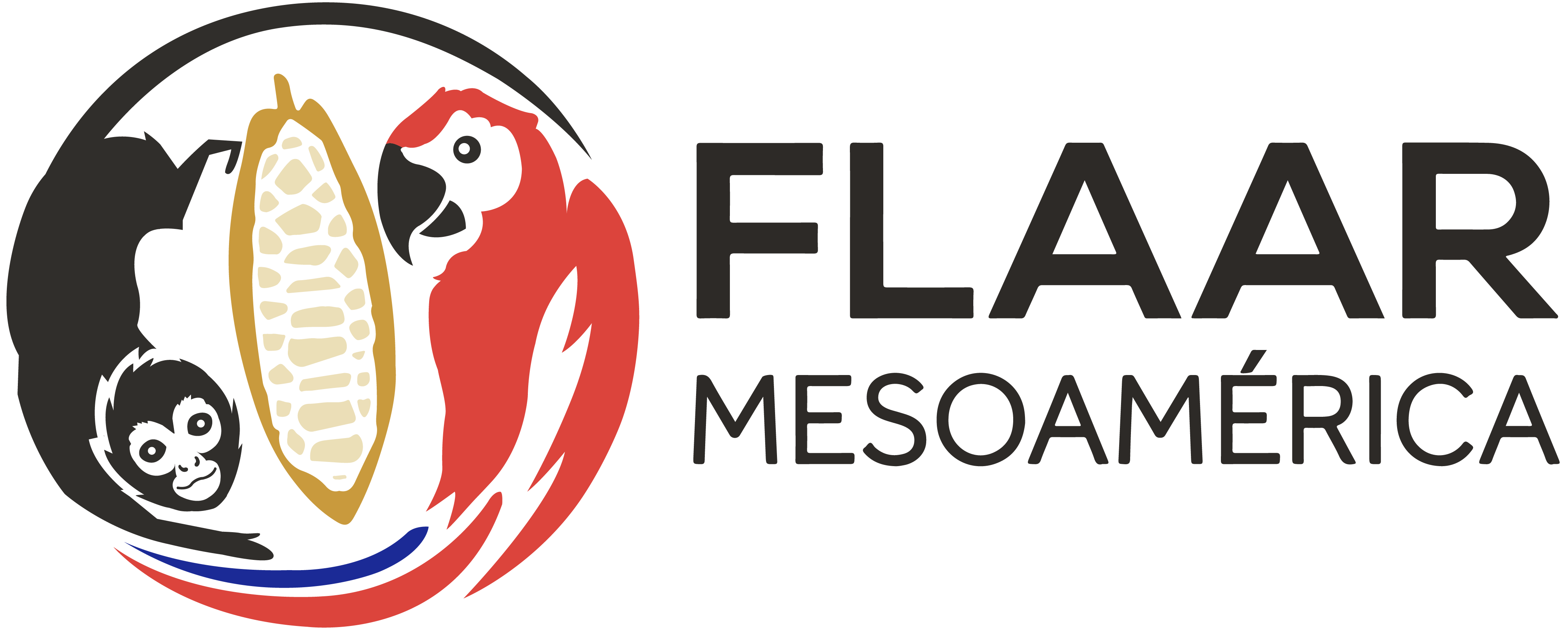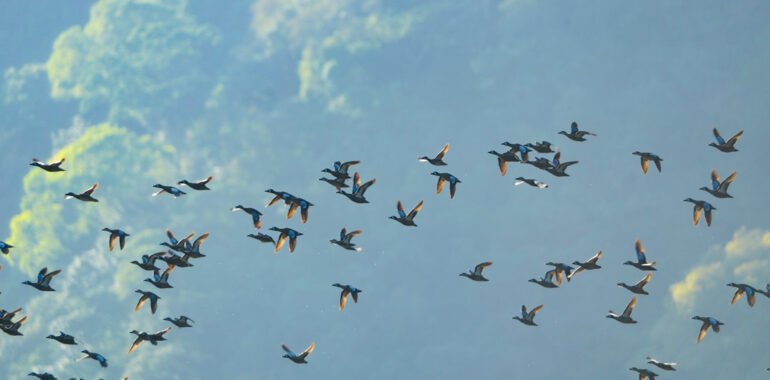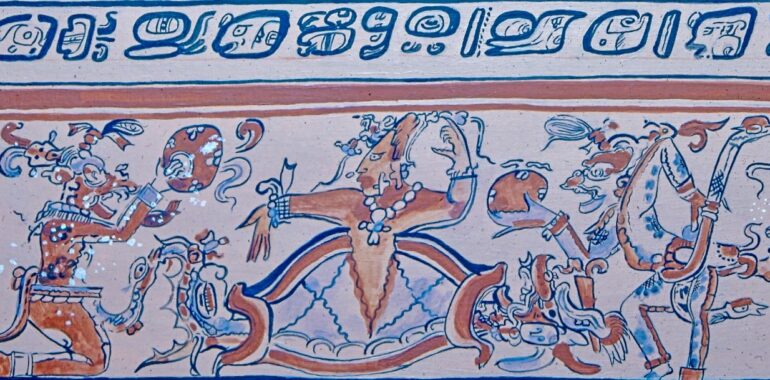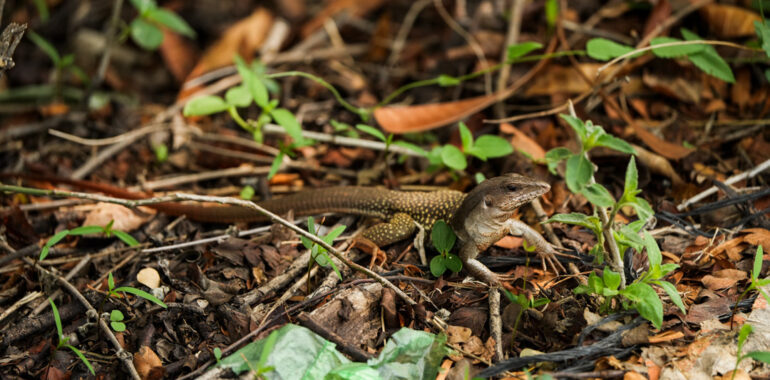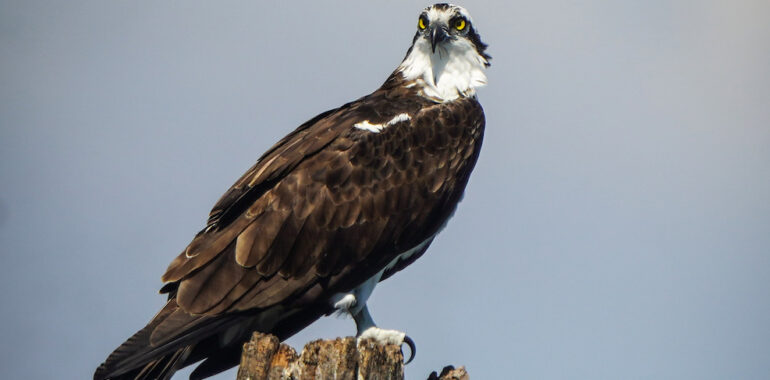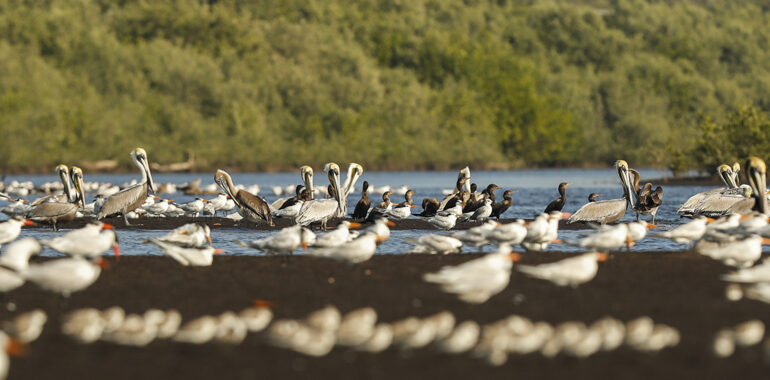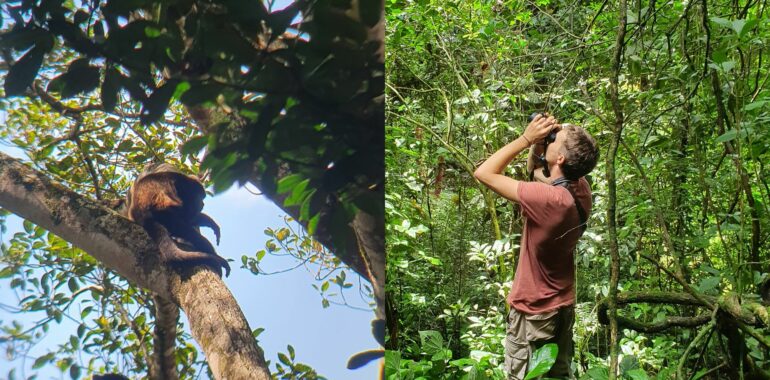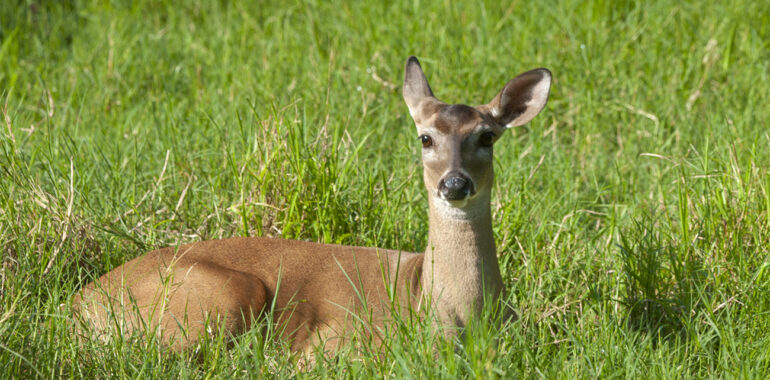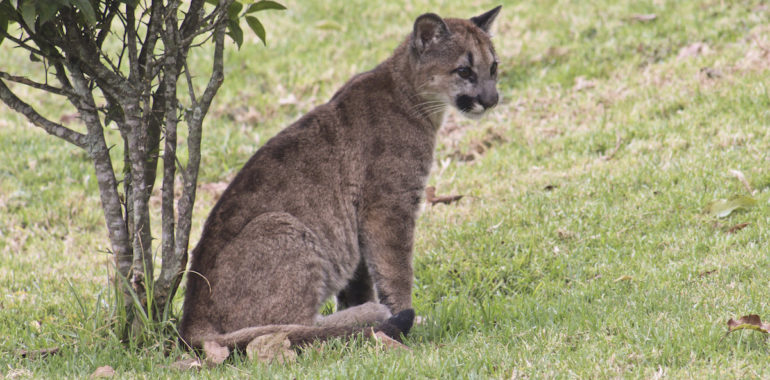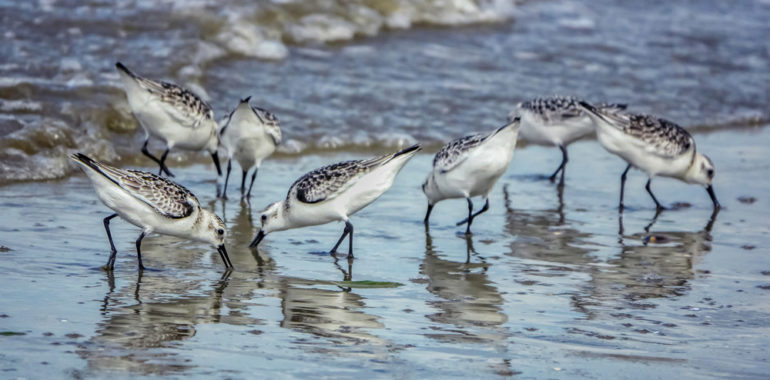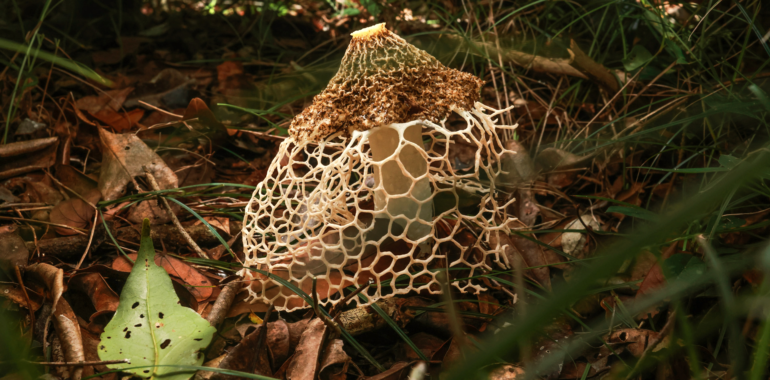Bird Migration is an annual event that occurs when millions of birds undertake a long and risky journey from their breeding to wintering grounds and vice versa. Such a journey takes place on routes that birds have already established from north to south and south to north. In addition, many of the bird species travel…
A Closer Look at Marine Species in Classic Maya Art
Spondylus spp. Property of Centro de Estudios del Mar y Acuicultura (CEMA), Universidad de San Carlos de Guatemala (USAC). Photo by Victor Mendoza, 2022. Mayan art was developed in southeastern Mesoamerica during the Late Preclassic period and flourished in the Classic period. It includes architectural structures, stone sculptures, carved wooden pieces, murals, writing, books, ceramics,…
A treasure of the Motagua Valley: The Unique Aspidoscelis motaguae Lizard of Mesoamerica
Who are the Teiids (Teiidae)? The genus Aspidoscelis belongs to the family Teiidae. This group includes approximately 110 species reported in regions across the United States, the Mesoamerican zone, South America, and parts of the Antilles (Köhler, 2003). Some of the main genera in this family located in the Mesoamerican region are Aspidoscelis, Cnemidophorus and…
The impact of noise pollution on birds
Our world is filled with constant noise, which can negatively impact the physical and mental well-being of all living creatures. For birds, noise is a chronic and unavoidable source of stress. While they have endured loud natural sounds like streams, waterfalls, and wind for centuries, human-made noise pollution is a relatively new and concerning phenomenon.…
Witnessing the marvel of migration among sea turtles and waterbirds
During our first 2024 expedition we got to learn about and visit Poza del Nance, a coastal pool in Sipacate that is among the only places in the world where sea turtles can be sighted all year long. It was inevitably one of the most inspiring and beautiful experiences the FLAAR team got to experience,…
Between Roars and Thermometers: The Climatic Dance of Mantled Howler Monkey (Alouatta palliata) Behavior
“Patrón de actividad diurno de los monos aulladores de manto (Alouatta palliata) y su variación en función de factores climáticos” By Biologist María Pira Who are the Mantled Howler Monkeys? The Alouatta palliata monkey, known as the “mantled howler monkey”, is a fascinating species of the primates that inhabits tropical regions of Mesoamerica…
How do we celebrate Christmas in Guatemala? Take a closer look at the Native Christmas Species
December is a particular month, full of joy and reflection on what has been accomplished during the year. The fruits and flowers stand out, with their colors and flavors making this season even more special. One of the signs that the end of the year has arrived in Guatemala is to look around and find…
Mammals: Beautiful curiosities
Everyone knows that us humans, along with our furry family members, our cats and dogs, are all classified as mammals. But, did you know that mammals can be that and so much more? Tiny bumblebee bats can weigh less than two grams, while a fellow mammal, a majestic blue whale, can weigh more than 180…
Fascinating and the greatest travelers: meet the shorebirds!
Shorebirds are celebrated each year on September 6th. The Western Hemisphere Shorebird Reserve Network (WHSRN) (a conservation initiative for protecting critical habitats for shorebirds throughout the Americas) created it in 2012. The main goals of this date are to promote conservation of shorebirds and their habitats, to raise public awareness about the need for ongoing…
Guatemala’s wildlife is like no other and we should take care of it.
Wildlife in Guatemala is unique, as in few places in the world. To better understand this, it is worth understanding the natural history of this country: Phallus indusiatus at Paso Caballos, PNLT. Photo by: Boris Llamas. August 2021. Guatemala is located in between two broad continental masses that support almost every kind of ecosystem…
